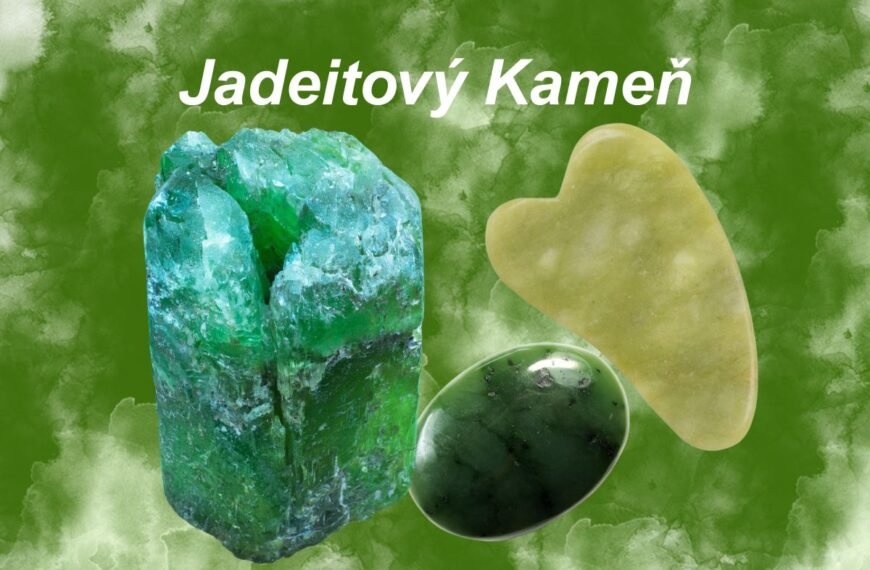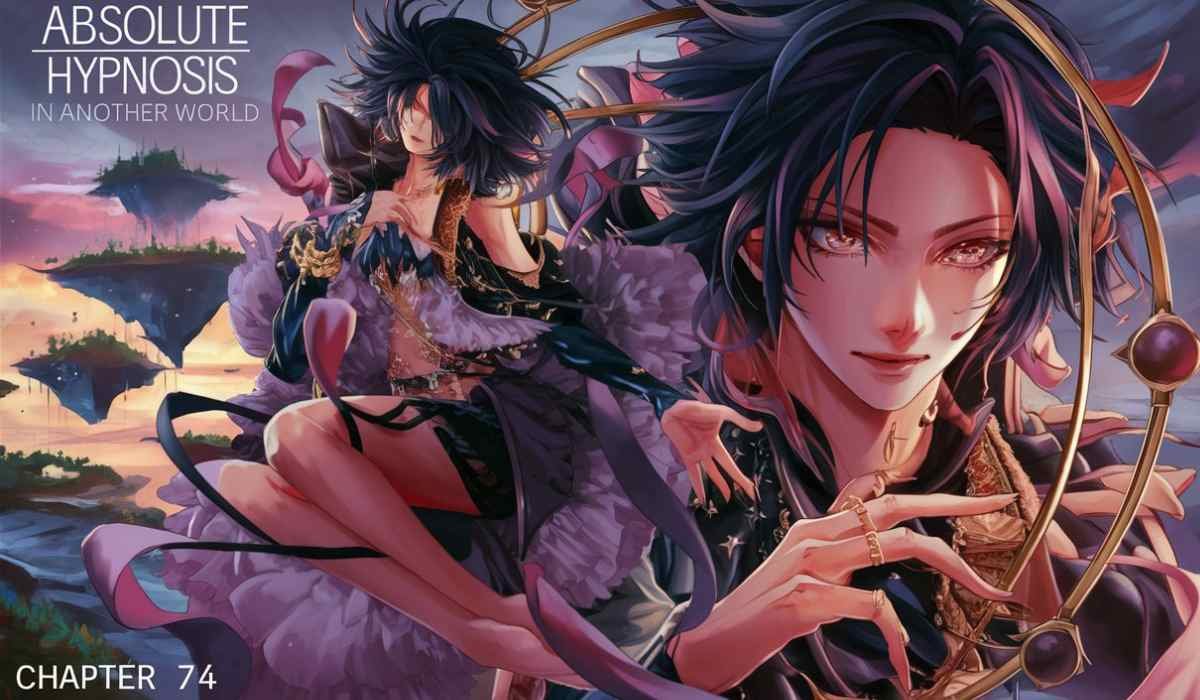Mjolnir, the legendary hammer of Thor, is one of the most recognised symbols in mythology and pop culture. Featured prominently in Norse mythology and modern adaptations such as Marvel comics and films, Mjolnir represents strength, protection, and the power of the gods. However, one of the most intriguing aspects of Mjolnir is its inscription, which carries deep meaning. Whether you are a collector, a fan of mythology, or simply interested in the origins of Thor’s weapon, understanding the significance of this inscription provides a greater appreciation for the hammer’s legacy.
What Is Mjolnir?
Mjolnir is the weapon of Thor, the Norse god of thunder, and is known for its immense power. In mythology, it is described as an enchanted hammer, forged by the dwarven brothers Brokkr and Sindri. The hammer was said to be so powerful that it could level mountains, summon storms, and always return to Thor’s hand after being thrown.
Beyond its use in battle, Mjolnir also held a sacred role in Norse culture. It was used in ceremonies, including weddings, blessings, and the consecration of newborns, symbolising protection and divine favour.
The Inscription on Mjolnir
Many modern depictions of Mjolnir, particularly those inspired by Marvel’s interpretation, feature a famous inscription:
“Whosoever holds this hammer, if he be worthy, shall possess the power of Thor.”
This phrase has become one of the most well-known elements of Thor’s hammer in popular culture. However, this inscription is a modern addition and does not originate from traditional Norse mythology.
Norse Mythology and Rune Inscriptions
In Viking-era mythology, Mjolnir is often depicted with runes engraved onto its surface. The runes are believed to provide additional magical properties, reinforcing Mjolnir’s divine power. These inscriptions were commonly linked to protection, strength, and blessing.
One of the most historically significant inscriptions associated with Mjolnir is:
“Thor vigi”, meaning “Thor bless” or “Thor consecrates.”
This phrase was often engraved on pendants and amulets shaped like Mjolnir, worn by Viking warriors and civilians for protection.
The Role of Runes in Viking Symbolism
Runes held deep spiritual and magical significance in Norse culture. They were not just an alphabet but also a way to channel mystical energies. Some common runes found on Mjolnir representations include:
- Algiz (ᛉ) – A rune associated with protection and divine power.
- Thurisaz (ᚦ) – A rune linked to Thor and his might in battle.
- Othala (ᛟ) – A rune representing heritage, home, and ancestral protection.
While historical Norse artifacts do not bear the exact phrase seen in modern depictions, the presence of runes on Mjolnir amulets suggests that Vikings believed the hammer carried divine inscriptions with protective and empowering properties.
The Marvel Influence on Mjolnir’s Inscription
Marvel Comics introduced Mjolnir to a new audience through their version of Thor. First appearing in Journey into Mystery #83 in 1962, this adaptation made significant changes to the hammer’s mythology. One of the most notable additions was the inscription stating that only the worthy could wield it.
This inscription serves a narrative function, establishing Thor’s virtue and the idea that great power comes with responsibility. It also introduced the concept that others could wield Mjolnir if deemed worthy, leading to storylines where characters such as Captain America and Jane Foster take up the hammer.
The idea of worthiness was loosely inspired by Norse mythology, where Thor was the only one capable of wielding Mjolnir due to his divine strength and lineage. However, Marvel’s addition of a specific inscription transformed Mjolnir into more than just a powerful weapon—it became a symbol of moral integrity and heroism.
The Cultural Significance of Mjolnir’s Inscription
The meaning behind Mjolnir’s inscription, whether historical or fictional, carries a universal message about strength, honour, and responsibility.
- In Norse Mythology
- The hammer was a divine weapon, often associated with protecting Asgard and Midgard (Earth).
- It was not just a tool for battle but a sacred object used in rituals and blessings.
- Inscriptions in runes reinforced its power and protective qualities.
- In Modern Popular Culture
- The inscription introduced by Marvel adds a new dimension to Mjolnir, making it a test of character rather than just a weapon of war.
- The idea that only the worthy can lift it promotes themes of honour, humility, and heroism.
- This version of Mjolnir has inspired audiences worldwide, influencing collectibles, artwork, and storytelling.
- In Viking Symbolism Today
- Mjolnir pendants are still worn by people who embrace Norse heritage, pagan beliefs, or simply admire Viking history.
- Many replicas of Mjolnir feature ancient rune inscriptions similar to those found in Viking artifacts.
- The hammer continues to symbolise strength and protection in various cultural and historical contexts.
How to Spot a Well-Designed Mjolnir Replica
For collectors looking to add Mjolnir to their collection, paying attention to the details of the inscription and craftsmanship is essential.
Authentic Norse-Inspired Designs
- Look for rune inscriptions that reflect historical Norse symbols, such as protection runes or blessings.
- Traditional Viking Mjolnirs often have intricate knotwork patterns and symmetrical designs.
Marvel-Inspired Replicas
- High-quality replicas will feature the classic inscription from Marvel’s Thor films and comics.
- The hammer should have a sturdy construction, often made from metal or resin to resemble an enchanted weapon.
- Some replicas come with a weathered finish to make them look more like an ancient relic.
Functional vs Decorative Replicas
- Some Mjolnir replicas are purely decorative, designed for display purposes.
- Others may serve as functional cosplay props, often made from lightweight materials for ease of carrying.
- High-end replicas sometimes include electronic effects, such as lightning sounds or LED lights to mimic Thor’s powers.
Conclusion
The inscription on Mjolnir, whether historical or modern, adds to the hammer’s legendary status. In Norse mythology, runes and symbols were believed to give it divine power, while Marvel’s adaptation introduced the famous phrase about worthiness, making it a symbol of heroism and responsibility.
For collectors and enthusiasts, choosing a Mjolnir replica involves understanding its origins, symbolism, and craftsmanship. Whether you prefer the historically inspired Viking version or the Marvel depiction, Mjolnir remains one of the most fascinating and powerful symbols in mythology and popular culture.
With its deep history, striking design, and powerful message, owning a replica of Mjolnir allows fans to connect with its legendary past and enduring legacy.









